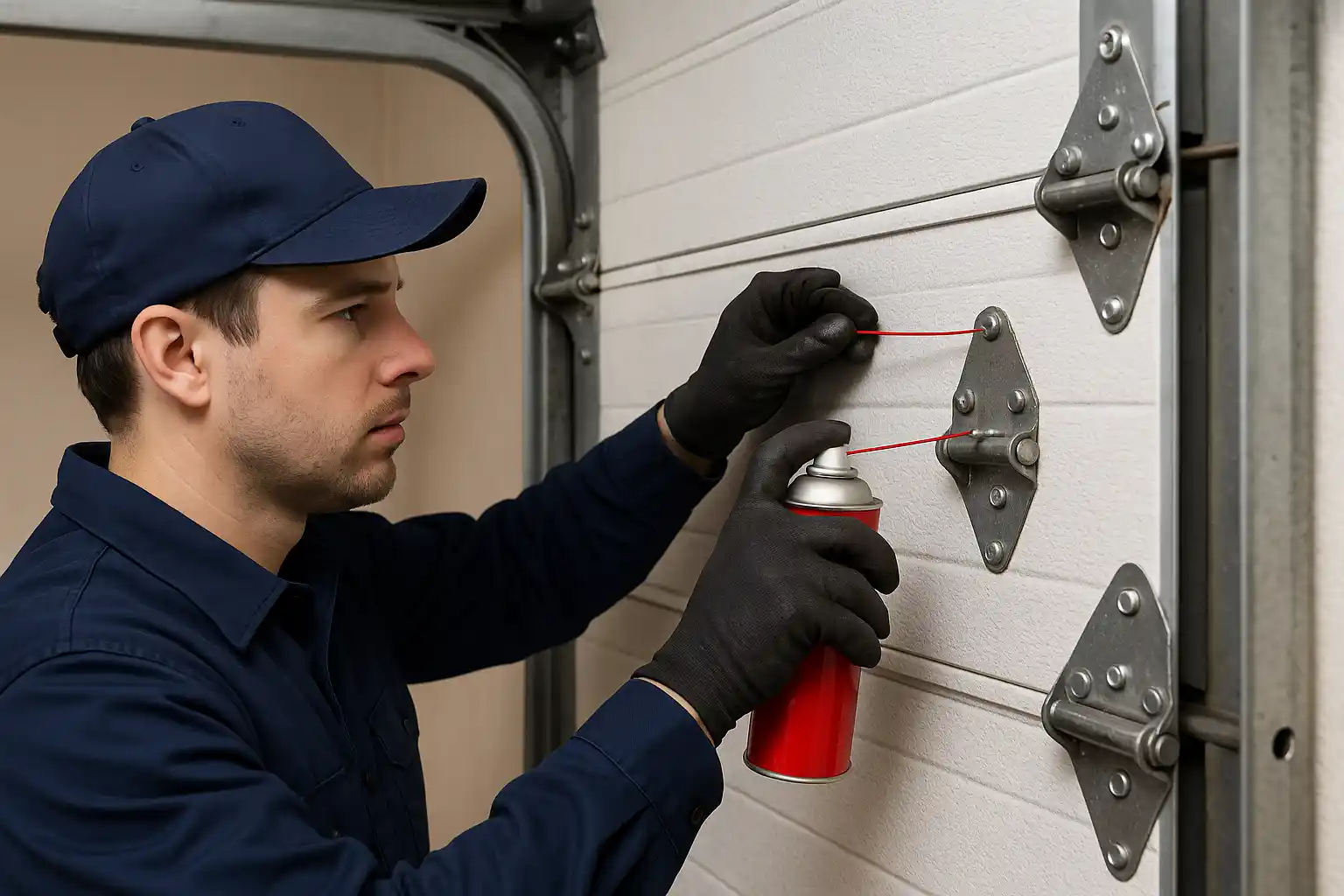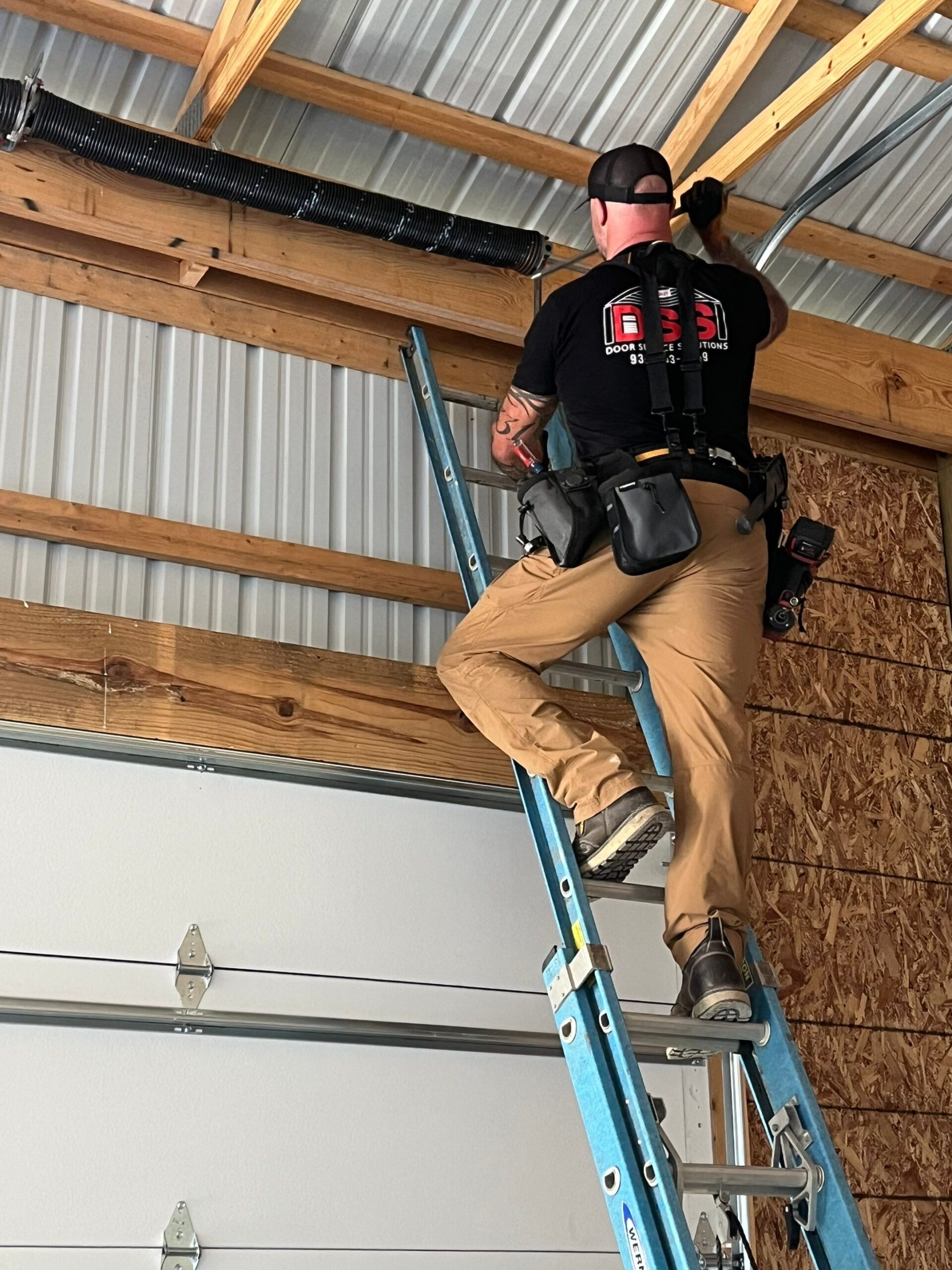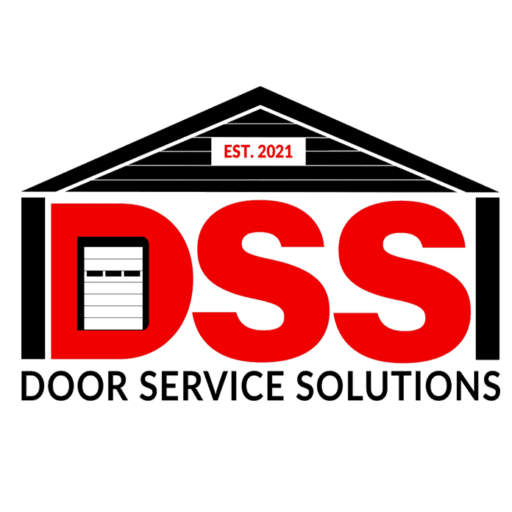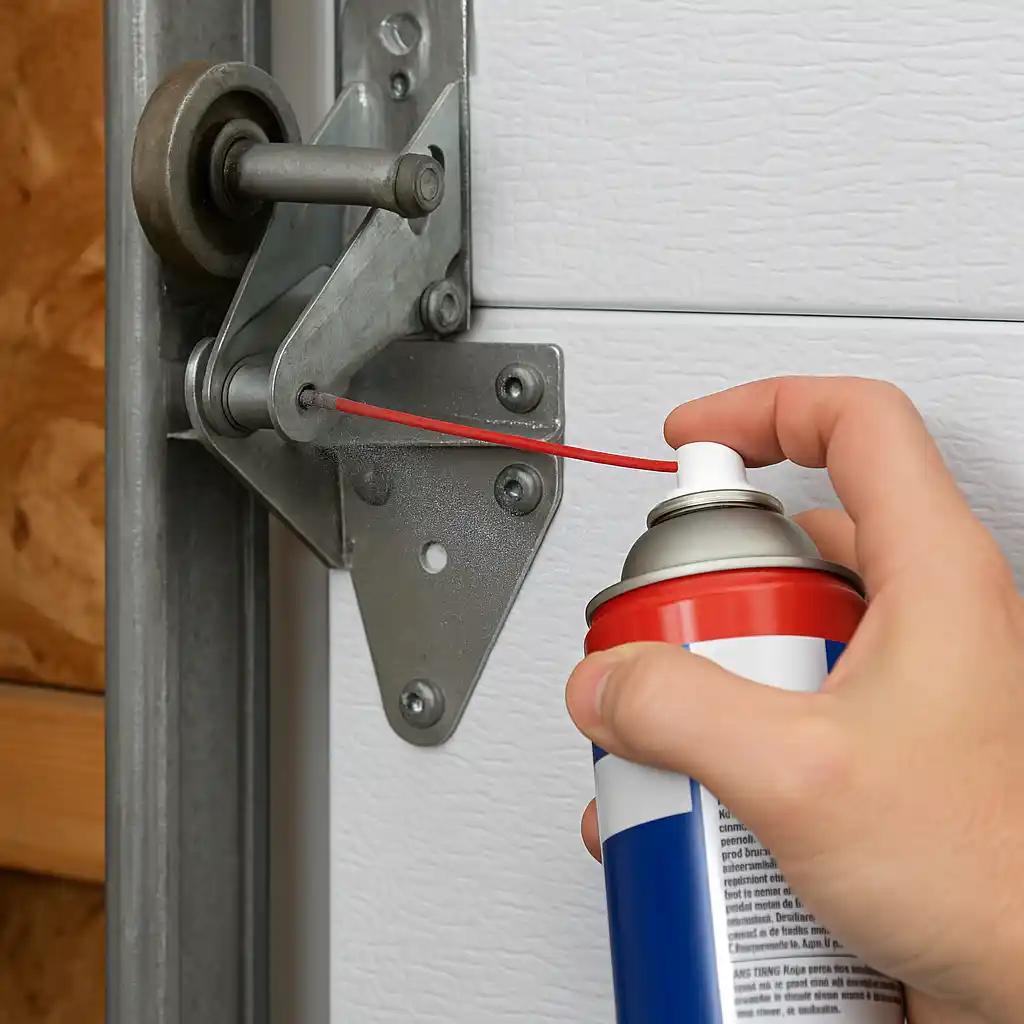Door Service Solutions
How to Lubricate Your Garage Door

A Step-by-Step Homeowner's Guide
Your garage door is the largest moving part of your home—and one of the most frequently used. Whether you open it twice a day or ten times, every motion puts wear and tear on the system. One of the easiest and most effective ways to extend the life of your garage door is regular lubrication.
This simple DIY task can reduce noise, improve performance, and prevent expensive repairs down the line. In this guide, we’ll walk you through the why, when, and how of garage door lubrication—complete with expert tips from the team at Door Service Solutions, proudly serving Dayton, Ohio and surrounding areas.
Why Lubricating Your Garage Door Matters
Garage doors consist of several mechanical components—springs, rollers, hinges, and tracks—all of which are subject to friction. Over time, lack of lubrication can cause:
-
Squeaking or grinding noises
-
Stiff movement or jerking
-
Increased wear on parts
-
Motor strain and opener failure
Proper lubrication protects moving parts, ensures smoother operation, and helps you spot potential issues before they become costly repairs.
When Should You Lubricate?
Most garage doors benefit from lubrication every six months. However, factors such as climate, frequency of use, and door age can influence this.
Dayton homeowners, in particular, should be aware of seasonal weather changes. Winter can thicken lubricants and stress springs, while summer heat may dry them out. That’s why spring and fall are ideal times for a tune-up.
What You’ll Need
Before getting started, gather these tools and supplies:
-
Garage door lubricant (preferably silicone-based or lithium-based spray)
-
Step ladder
-
Clean rag or microfiber cloth
-
Old toothbrush or small wire brush (optional for cleaning buildup)
-
Safety glasses and gloves
Avoid using WD-40—while it’s a great cleaner, it’s not a long-term lubricant and can actually dry out your parts.
Step-by-Step Guide to Lubricating Your Garage Door
Step 1: Disconnect the Power
For safety, unplug your garage door opener or shut off its breaker. You’ll be working near moving parts, so this precaution helps prevent accidental activation.
Step 2: Clean the Tracks
While you don’t lubricate the tracks themselves, it’s important they stay clean. Use a damp cloth to wipe away dirt and debris. For stubborn grime, use an old toothbrush or small wire brush. Do not apply lubricant to the tracks—this can cause the door to slip or become misaligned.
Step 3: Lubricate the Hinges
Spray a small amount of lubricant where each hinge meets the bend in the track. Open and close the door manually a few times to distribute the product evenly. Hinges are prone to squeaking, so don’t skip this step!
Step 4: Rollers (Metal Only)
Inspect your garage door rollers. If they’re metal with exposed ball bearings, apply a small squirt of lubricant directly to the bearings. Be cautious not to over-lubricate.
Step 5: Torsion Springs
These are the tightly wound springs above your garage door. Carefully spray a light coat along the length of each spring, then operate the door a few times to distribute it.
Caution: Never attempt to adjust or repair springs yourself. They’re under extreme tension and should only be handled by professionals.
Step 6: Bearings and Pulleys
Apply lubricant to the bearings and end plates on both sides of the torsion bar, as well as any pulleys if your system has them. These areas help support and counterbalance the door.
Step 7: Garage Door Opener and Chain
If your opener uses a chain drive, apply lubricant sparingly to the chain. If it’s belt-driven, skip this step—belt drives don’t require lubrication and applying the wrong product can cause damage.
Don’t forget to lubricate the arm bar and the top of the rail where the trolley moves.
Final Checks and Tips
-
Wipe off excess lubricant to prevent dripping or buildup.
-
Open and close the door several times to allow the lubricant to spread and settle.
-
Listen for any noise or resistance. If squeaks or jerky movement persist, you may need a deeper inspection.
When to Call a Professional
While lubrication is a task most homeowners can handle, some problems require expert attention. Call Door Service Solutions if you notice:
-
Broken or stretched springs
-
Frayed cables
-
Loud grinding even after lubrication
-
Door off its tracks or uneven operation
Our experienced technicians serve Dayton, OH and surrounding areas with fast, reliable service. Whether it’s a tune-up or emergency repair, we’ve got your back.

Trusted Garage Door Help in Dayton, Ohio
Lubricating your garage door isn’t just maintenance—it’s a smart way to protect your investment. With just a little time and the right product, you’ll enjoy smoother, quieter operation and avoid breakdowns.
Need help with a stubborn garage door or want a professional tune-up? Contact Door Service Solutions—Dayton’s local garage door experts. We offer free estimates, fast service, and friendly advice to keep your home running smoothly.



